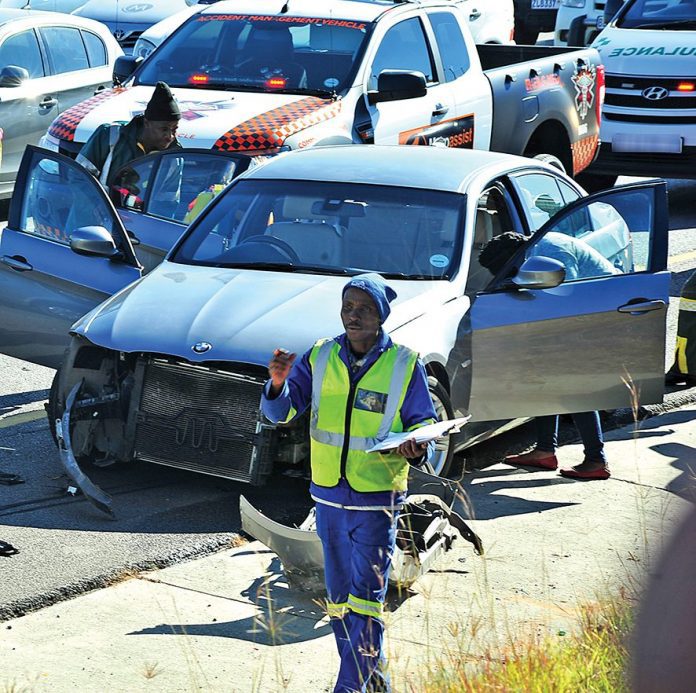An increasing number of motor vehicle accident insurance claims are being rejected and disputed on the strength of a clause in insurance policies, namely the reasonable precautions clause, the Ombudsman for Short-Term Insurance (OSTI) has said.
Ayanda Mazwi, the senior assistant ombudsman, said that a report of complaint trends conducted by OSTI in November 2021, showed an increasing number of motor vehicle accident claims rejected by insurers based on the insured’s breach of a contractual duty of care.
She emphasised the importance of consumer awareness of this clause in insurance policies. The clause requires that the insured must use all reasonable care and take reasonable precautions to prevent or minimise loss, damage, death, injury or liability. A breach may warrant the rejection of a claim.
Mazwi said there were various reasons why an insurer may invoke this clause but it was mainly relied on in cases where the insurer alleges that the insured was driving above the regulated speed.
The question then is whether insurers may reject a claim because the insured was speeding? When deciding on a dispute of this nature, OSTI will first consider whether the insured was, in fact, speeding.
The insurer, as it is relying on a breach by the insured of a policy condition or on an exclusion, carries the burden of proving the breach or exclusion. It may rely on evidence such as data downloaded from the vehicle’s onboard computer vehicle tracking reports and experts in accident reconstruction. OSTI will consider the reliability of this evidence before the matter can be decided.
In a recent case before OSTI, the insured contested the calculation of speed by the insurer’s expert but requested that the office decides on the issue of recklessness. OSTI analysed the incident description and conditions under which the insured was driving. In his defence, the insured said he was not familiar with the road; that visibility was poor because it was nighttime, and the streetlights were not working. Photographs of the accident scene showed that the insured was driving in a built-up urban area towards a T-junction.
The insured stated that he had not seen the intersection ahead. When another vehicle suddenly approached from his left-hand side, he had to take evasive action, which caused him to lose control and collide with a tree.
OSTI found that based on these observations alone, the Consumers must take note of contractual duty of care clauses Speeding may void insurance claims insured should have exercised caution by regulating his speed to improve visibility and should have kept a proper lookout for obstacles on the road or a sudden emergency. In addition, the speed limit road sign (60km/h) was prominently placed some distance before the intersection.
The insurer’s accident reconstruction expert calculated that the insured was travelling at 104km/h at the time. OSTI concluded that, if the expert’s calculation of the speed was proven, the insured’s conduct would be considered reckless.
As a matter of probability, the insured’s conduct was also found to be the cause of the accident because had he observed the regulated speed, he would have been in a better position to see the intersection, stop and safely execute the turn. For these reasons, OSTI was found in favour of the insurer.
Follow @SundayWorldZA on Twitter and @sundayworldza on Instagram, or like our Facebook Page, Sunday World, by clicking here for the latest breaking news in South Africa. To Subscribe to Sunday World, click here.



